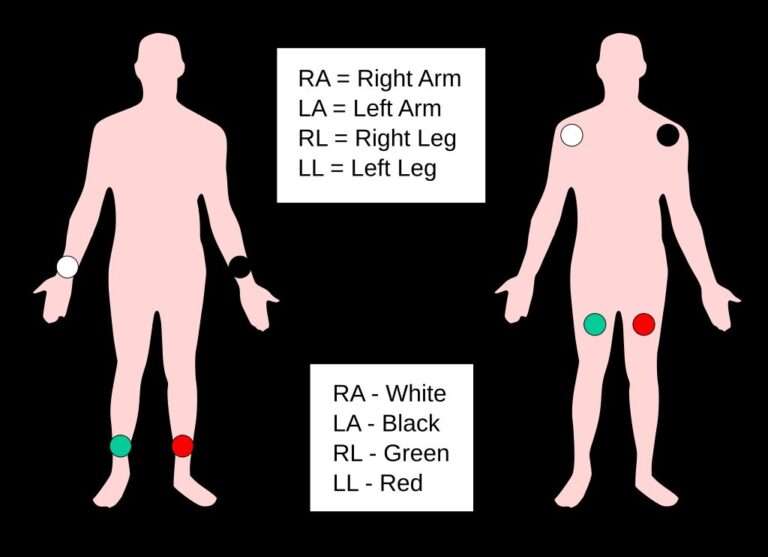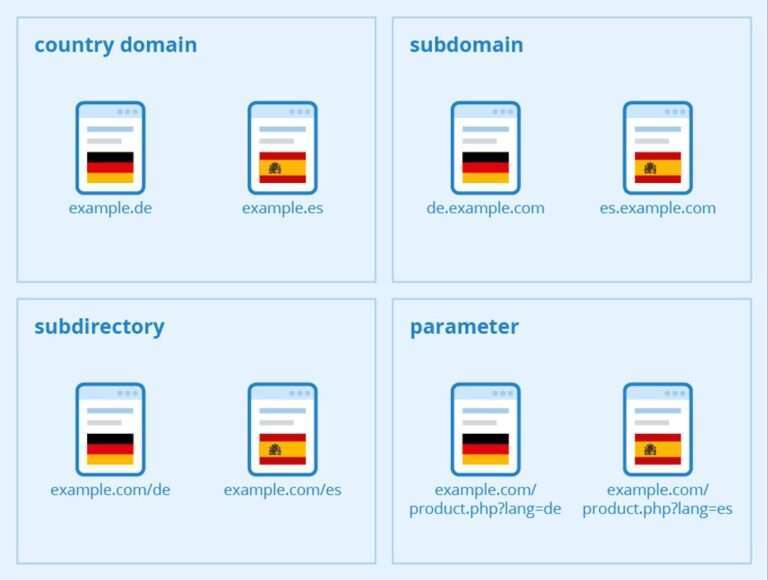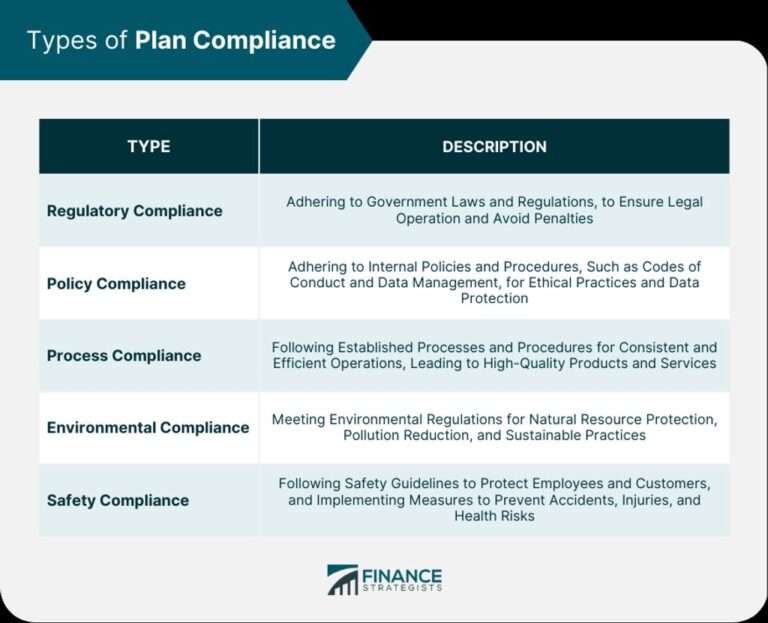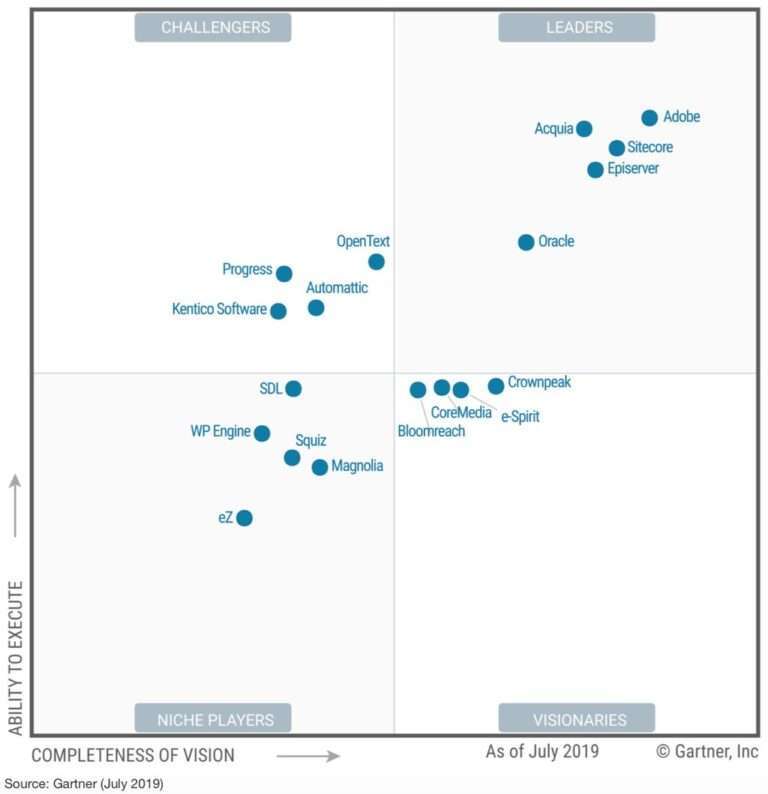The Evolution of Content Marketing and SEO

Content marketing and SEO have become essential components of any successful marketing strategy. Both practices have undergone significant transformations over the years, adapting to the ever-changing landscape of the online realm. Understanding the evolution of content marketing and SEO is crucial for businesses and marketers looking to stay ahead of the curve and maximize their online presence.
In this blog post, we will delve into the historical overview of content marketing, exploring its rise and key milestones throughout the years. We will then shift our focus to the evolution of SEO, from its early days to the impact of Google’s algorithm updates and the modern strategies employed by marketers.
Furthermore, we will examine the interplay between content marketing and SEO, highlighting how these two practices complement each other. We will explore the role of quality content in SEO and how SEO techniques can be used to boost the visibility of content.
Lastly, we will take a glimpse into the future of content marketing and SEO, discussing emerging trends that are shaping the landscape. Topics such as the role of AI and machine learning, the influence of voice search, and the importance of mobile SEO will be explored.
By the end of this blog post, you will have a comprehensive understanding of the evolution of content marketing and SEO, as well as insights into the future direction of these practices. So, let’s dive in and explore the fascinating journey of content marketing and SEO!
Understanding the Basics: Content Marketing and SEO
Content Marketing:
Content marketing is a strategic approach to marketing that focuses on creating and distributing valuable, relevant, and consistent content to attract and engage a specific target audience. The goal of content marketing is to drive profitable customer action by providing valuable information and building a relationship with the audience.
Key elements of content marketing include:
- Identifying the target audience: Understanding the needs, interests, and pain points of the target audience is crucial for creating content that resonates with them.
- Creating valuable content: Content should provide value to the audience, whether it’s educational, entertaining, or informative. It should address their challenges, answer their questions, or provide solutions to their problems.
- Consistency across channels: Consistency in messaging, tone, and branding helps establish a strong brand identity and builds trust with the audience.
- Distribution and promotion: Content needs to be distributed through various channels to reach the target audience. This can include social media, email marketing, search engine optimization, and more.
SEO (Search Engine Optimization):
SEO refers to the practice of optimizing websites and content to improve their visibility and ranking on search engine results pages (SERPs). The ultimate goal of SEO is to drive organic (non-paid) traffic to a website by appearing higher in search engine rankings.
Key elements of SEO include:
- Keyword research: Identifying relevant keywords that align with the target audience’s search queries is essential. This helps in optimizing the content to rank higher for those keywords.
- On-page optimization: This involves optimizing various elements of a webpage, including title tags, meta descriptions, headings, URL structure, and content formatting, to improve its search engine visibility.
- Off-page optimization: Off-page SEO focuses on building high-quality backlinks to the website from reputable sources. This helps to increase the website’s authority and credibility in the eyes of search engines.
- Technical SEO: Technical aspects such as website speed, mobile-friendliness, site architecture, and crawlability are important for SEO. Ensuring a well-optimized website structure helps search engines understand and index the content more effectively.
- User experience: User experience plays a crucial role in SEO. Factors such as website usability, page load speed, mobile responsiveness, and engaging content all contribute to a positive user experience, which can impact search engine rankings.
Understanding the basics of content marketing and SEO sets the foundation for exploring their evolution and how they have transformed over time. In the following sections, we will take a closer look at the historical overview of content marketing and the evolution of SEO.
Historical Overview of Content Marketing
Content marketing has a rich history that spans several decades. Its evolution can be traced back to the early days of advertising and marketing. In this section, we will explore the rise of content marketing and key milestones that have shaped its development over time.
The Rise of Content Marketing:
Content marketing as a concept emerged as early as the late 19th century when companies started creating and distributing content to attract and engage their target audiences. However, it was not until the digital age that content marketing truly gained momentum and transformed into the powerful strategy we know today.
Key Milestones in the Evolution of Content Marketing:
- The birth of branded content: In the 1930s, companies such as Procter & Gamble began producing radio dramas and soap operas as a way to promote their products indirectly. This marked the beginning of using storytelling and entertainment to engage audiences and build brand loyalty.
- The advent of print media: With the rise of magazines and newspapers in the mid-20th century, companies started publishing informative and educational content to establish themselves as industry experts. This approach allowed them to build trust with their target audience.
- The digital revolution: The proliferation of the internet in the 1990s brought about a significant shift in content marketing. Companies could now leverage websites, blogs, and email marketing to distribute valuable content and engage with their audiences on a global scale.
- The rise of social media: The dawn of social media platforms, such as Facebook, Twitter, and YouTube, in the early 2000s opened up new avenues for content distribution. Brands started using these platforms to share engaging content, interact with their audience, and foster brand advocacy.
- Content marketing as a strategic approach: In recent years, content marketing has evolved into a formalized strategy for businesses. Companies now focus on creating content that aligns with their target audience’s needs, interests, and pain points. This approach helps build brand awareness, generate leads, and drive customer loyalty.
Content Marketing in the Digital Age:
In today’s digital age, content marketing has become an integral part of marketing strategies across industries. The widespread availability of online platforms and the increasing demand for valuable content have fueled its growth. Companies now invest in creating various forms of content, including blog posts, videos, infographics, podcasts, and more, to connect with their target audience.
As content marketing continues to evolve, marketers are continually exploring new techniques and technologies to deliver personalized, relevant, and engaging content to their audiences. The next section will shift our focus to the evolution of SEO and its profound impact on content marketing strategies.
Evolution of SEO
The evolution of SEO (Search Engine Optimization) has been closely intertwined with the development of search engines and their algorithms. In this section, we will explore the early days of SEO, the impact of Google’s algorithm updates, and the modern strategies employed by marketers.
Early Days of SEO:
In the early days of the internet, SEO was primarily focused on keyword stuffing and manipulation of search engine algorithms. Marketers would stuff their websites with keywords, regardless of their relevance to the content, in an attempt to rank higher in search engine results.
However, search engines quickly caught on to these tactics and started implementing changes to provide more accurate and relevant search results to users. This led to the development of more sophisticated algorithms that took into account various factors beyond keyword density.
Impact of Google’s Algorithm Updates:
Google, being the dominant search engine, has played a significant role in shaping the evolution of SEO. The introduction of algorithm updates, such as Panda, Penguin, and Hummingbird, revolutionized the SEO landscape and forced marketers to adopt more ethical and user-centric practices.
- Panda: Launched in 2011, Google Panda focused on penalizing websites with low-quality or duplicate content. It emphasized the importance of high-quality, valuable content that provided a positive user experience.
- Penguin: Released in 2012, Google Penguin aimed to combat spammy link-building practices. It penalized websites that engaged in manipulative tactics, such as buying links or participating in link schemes.
- Hummingbird: Introduced in 2013, Google Hummingbird marked a shift towards semantic search. It emphasized understanding user intent and delivering search results based on the context of the query, rather than relying solely on keywords.
These algorithm updates pushed marketers to focus on creating high-quality, relevant content and building natural, authoritative backlinks. The emphasis shifted from gaming the system to providing value to users.
Modern SEO Strategies:
In the modern era, SEO has evolved into a multifaceted discipline that incorporates various strategies and techniques. Some key aspects of modern SEO include:
- User experience optimization: Search engines now prioritize websites that provide a seamless user experience. Factors such as page load speed, mobile-friendliness, and intuitive navigation play a crucial role in SEO.
- Quality content creation: Content has become a central pillar of SEO. Marketers are encouraged to create valuable, informative, and engaging content that satisfies user intent and aligns with relevant search queries.
- On-page and technical optimization: Optimizing on-page elements, such as meta tags, headings, and structured data, helps search engines understand the content better. Technical optimization ensures that the website is crawlable, indexable, and accessible to search engine bots.
- Local SEO: With the growing importance of local search, businesses now focus on optimizing their online presence for location-specific searches. This includes optimizing Google My Business listings, local citations, and incorporating location-based keywords.
- Social signals and brand authority: Social media signals and brand authority have gained importance in SEO. A strong social media presence and positive brand mentions contribute to building credibility and improving search engine rankings.
The evolution of SEO has transformed it from a keyword-centric, manipulative practice to a user-centric, value-driven strategy. In the next section, we will explore the interplay between content marketing and SEO and how they complement each other in driving online success.
Interplay Between Content Marketing and SEO
The interplay between content marketing and SEO is crucial for achieving online success. In this section, we will explore how content marketing and SEO complement each other and work together to drive organic traffic, improve search engine rankings, and engage target audiences.
How SEO and Content Marketing Complement Each Other:
- Keyword research and optimization: SEO relies on keyword research to identify the terms and phrases that users are searching for. Content marketing can leverage this research to create valuable content that addresses those search queries and satisfies user intent.
- Content creation and optimization: Content marketing plays a vital role in providing valuable and relevant content to the target audience. By creating high-quality content that incorporates SEO best practices, such as optimizing title tags, headings, and meta descriptions, marketers can improve search engine visibility and attract organic traffic.
- Link building and content promotion: SEO strategies often involve building authoritative backlinks to improve website authority and rankings. Content marketing can contribute to this by creating link-worthy content that naturally attracts backlinks from reputable sources.
Role of Quality Content in SEO:
Quality content is at the heart of both content marketing and SEO. Here’s how quality content impacts SEO:
- Improved user experience: Content that is informative, engaging, and relevant enhances the user experience. This leads to longer website visits, lower bounce rates, and increased user engagement, all of which are positive signals for search engine rankings.
- Increased organic visibility: Well-optimized, high-quality content has a higher likelihood of ranking well in search engine results pages (SERPs). Search engines prioritize content that provides value and satisfies user intent.
- Enhanced social sharing and engagement: Compelling content encourages social sharing, which can lead to increased visibility and brand exposure. Social signals, such as likes, shares, and comments, can indirectly impact search engine rankings.
Using SEO to Boost Content Visibility:
While content marketing focuses on creating valuable content, SEO techniques can be used to enhance its visibility and reach. Here are some ways SEO can boost content visibility:
- Keyword optimization: By strategically incorporating relevant keywords into the content, marketers can increase the chances of ranking for specific search queries.
- Metadata optimization: Optimizing title tags, meta descriptions, and URL structures can make the content more appealing and relevant to search engine users.
- Internal linking: Implementing a solid internal linking strategy helps search engines discover and index content more effectively. It also helps users navigate through related content, improving their overall experience.
- Mobile optimization: With the increasing use of mobile devices, optimizing content for mobile-friendliness is crucial. Responsive design, fast page loading speed, and mobile-friendly formatting contribute to better visibility and user experience.
The interplay between content marketing and SEO is a symbiotic relationship. Content marketing provides valuable content to the target audience, while SEO techniques enhance its visibility and reach. In the next section, we will explore the future of content marketing and SEO and discuss emerging trends that will shape their evolution.
Looking Ahead: Future of Content Marketing and SEO
As technology continues to advance and consumer behaviors evolve, the future of content marketing and SEO holds exciting possibilities. In this final section, we will explore emerging trends that are shaping the future of these practices and discuss the key factors that will influence their evolution.
Emerging Trends in Content Marketing and SEO:
- Voice search optimization: With the rise of virtual assistants and smart speakers, voice search is becoming increasingly prevalent. Marketers need to optimize their content to align with voice search queries, focusing on long-tail keywords and conversational language.
- Video content dominance: Video content has become a dominant form of communication and engagement. Marketers will need to invest in creating high-quality video content to captivate audiences and improve search engine visibility.
- Interactive and immersive experiences: Interactive and immersive content, such as augmented reality (AR) and virtual reality (VR), are gaining popularity. Marketers can leverage these technologies to create engaging experiences that captivate and resonate with their target audience.
- Personalization and AI-driven content: With the advancements in artificial intelligence (AI), marketers can deliver highly personalized content experiences. AI can analyze user data and behavior to tailor content recommendations, resulting in better engagement and conversions.
Role of AI and Machine Learning:
AI and machine learning are poised to play a significant role in the future of content marketing and SEO. Here are some ways AI and machine learning will impact these practices:
- Content creation and curation: AI-powered tools can generate content, such as news articles and product descriptions, based on predefined templates and data inputs. Machine learning algorithms can also curate and recommend content to users based on their preferences and behavior.
- Advanced data analysis: AI algorithms can process vast amounts of data to identify patterns, trends, and insights. Marketers can leverage this analysis to gain a deeper understanding of their target audience and create more targeted and relevant content.
- Voice and image recognition: AI-powered voice and image recognition technologies enable more accurate search results and personalized experiences. Marketers can optimize their content for voice and visual search to improve visibility and cater to user preferences.
Influence of Voice Search and Mobile SEO:
The increasing dominance of mobile devices and the growing adoption of voice search have significant implications for content marketing and SEO. Marketers must consider the following:
- Mobile optimization: Mobile SEO will continue to be crucial as more users access content through their smartphones. Marketers need to ensure their websites are optimized for mobile devices, including responsive design, fast loading speeds, and mobile-friendly interfaces.
- Voice search optimization: Voice search is revolutionizing how users interact with search engines. Marketers should optimize their content for voice search queries, focusing on long-tail keywords, natural language, and contextually relevant information.
As technology advances and consumer behaviors shift, content marketing and SEO will continue to evolve. Marketers who embrace emerging trends, leverage AI and machine learning, adapt to voice search, and prioritize mobile optimization will be well-positioned for success in the future.
In conclusion, the journey of content marketing and SEO has seen significant transformations over the years. From the early days of keyword stuffing to the emphasis on quality content and user experience, these practices have evolved to meet the demands of the digital landscape. By understanding their historical evolution, interplay, and future trends, businesses and marketers can stay at the forefront of these dynamic fields and drive their online success.







